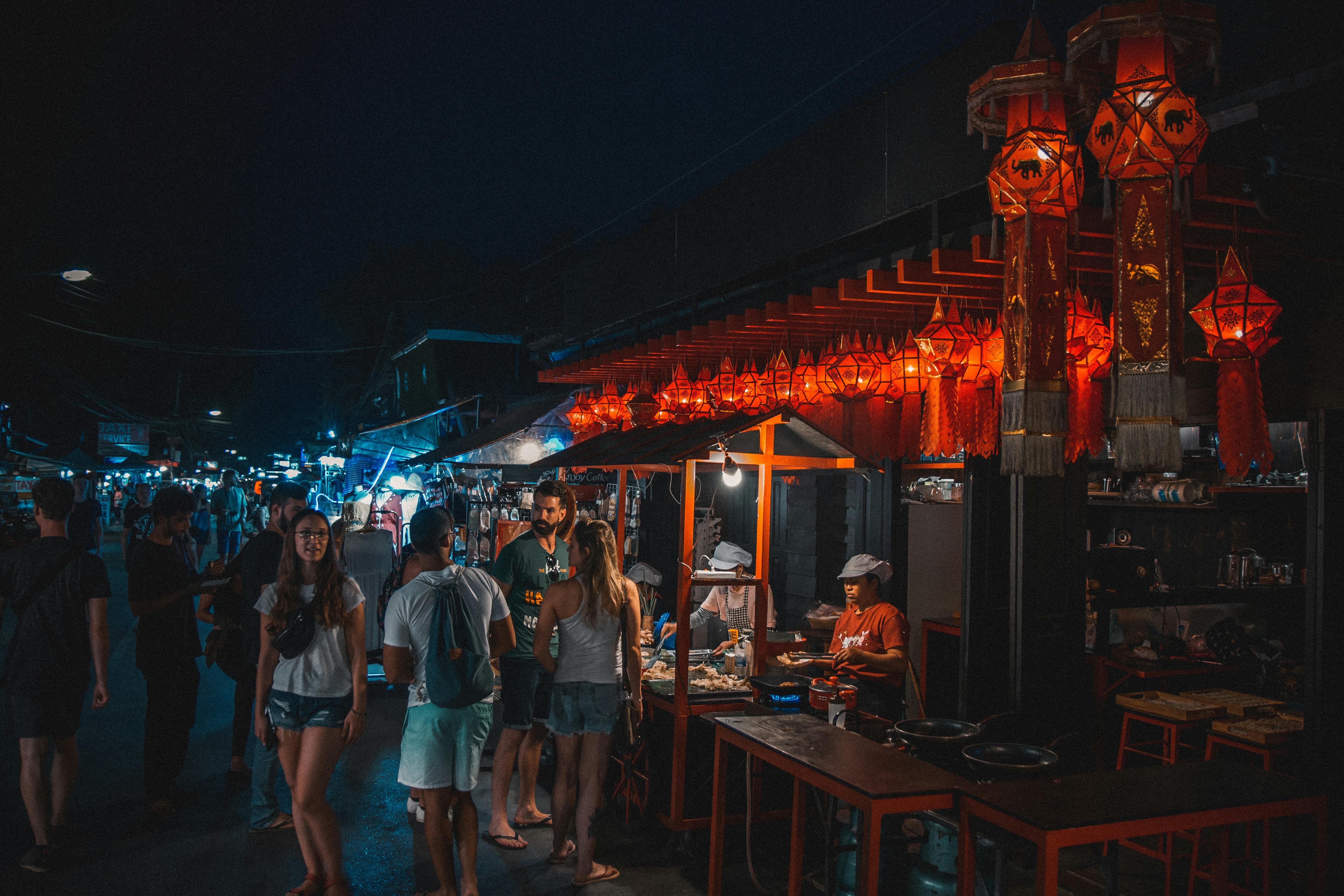Unfolding the Mysteries of Dark Tourism: A Deep Dive into Travel's Morbid Fascination
Dark tourism, a travel trend that focuses on sites associated with death, tragedy, and the macabre, has been steadily gaining ground in recent years. While it may seem grim to some, it offers an opportunity for travelers to explore the darker side of history and humanity, creating a unique travel experience. This article delves into the intriguing world of dark tourism, its advantages, challenges, and its impact on travelers.

Understanding Dark Tourism
Dark tourism, also known as grief tourism, originated in the late 20th century and has since grown into a global phenomenon. This form of travel involves visiting sites associated with death, disaster, and atrocities, including war zones, nuclear disaster sites, and locations of infamous crimes. The allure of these destinations lies in their ability to offer a poignant reminder of our shared history and the darker side of humanity.
The Appeal of Dark Tourism
The attraction to dark tourism lies in its ability to provide a stark contrast to the escapist nature of conventional travel. It offers a platform for travelers to engage with tragic histories and events, often leading to a deeper understanding and appreciation of life. Dark tourism sites can be seen as educational, offering a tangible link to historical events and challenging visitors to reflect on their own mortality and the fragility of human life.
The Dark Side of Dark Tourism
Despite its growing popularity, dark tourism is not without its challenges. There’s a fine line between education and exploitation, and some critics argue that certain dark tourism sites may trivialize serious events or commodify tragedy. It’s essential for travelers to approach these sites with respect and sensitivity, fully understanding the historical and cultural significance of the location.
Impact of Dark Tourism on Travelers
Dark tourism can have a profound impact on travelers, often leading to a deeper understanding of historical events and a greater appreciation for life. It can also inspire introspection and reflection, challenging visitors to consider their own mortality and the transient nature of human existence. However, it’s crucial for travelers to approach these sites with the appropriate respect and sensitivity.
Traveling into the Shadows: Practical Tips
- Always conduct thorough research before visiting a dark tourism site to understand its historical and cultural significance.
- Approach these sites with respect, remembering that they are often places of great suffering and tragedy.
- Consider the ethical implications of your visit. Ensure your presence doesn’t trivialize or exploit the tragedies associated with the site.
- Be aware that some sites can be emotionally challenging. Be prepared for any emotional reactions you may have.
In conclusion, dark tourism, while controversial, offers a unique way to engage with our shared history and humanity’s darker side. It provides an opportunity for travelers to step out of their comfort zones and confront the tragic aspects of our past, leading to deep introspection and a greater understanding of our world. However, this form of travel requires sensitivity and respect, ensuring that the tragedies associated with these sites are not trivialized or exploited. With the right approach, dark tourism can be an enlightening and thought-provoking travel experience.




